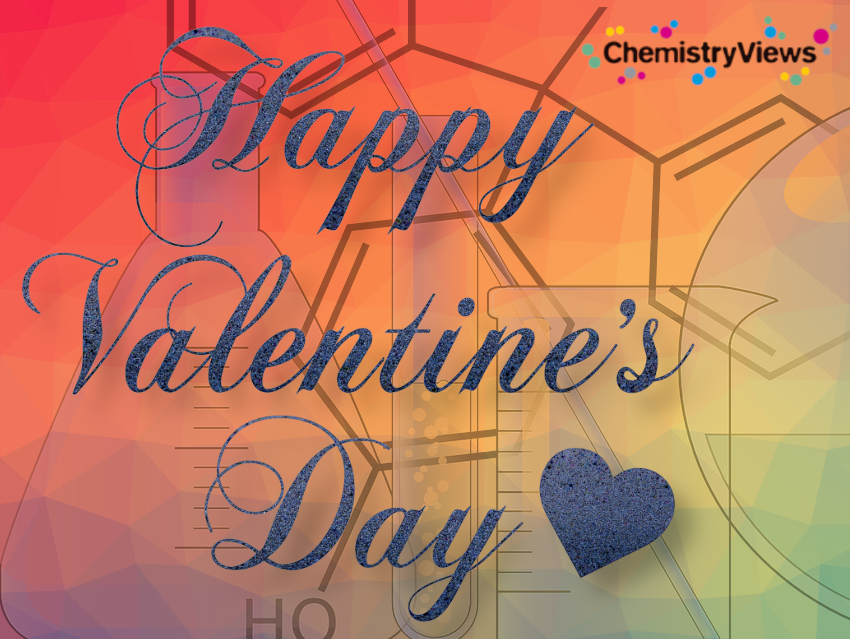The “chemistry of love” often refers to the biological and chemical processes that take place in the brain and body when romantic feelings are experienced. The processes are not simple and are still not fully understood. Main molecules involved include adrenaline, dopamine, oxytocin, and serotonin.
Adrenaline
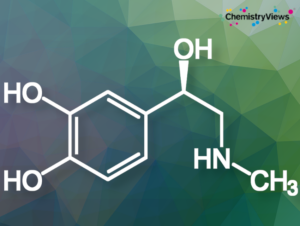 (R)-4-[1-Hydroxy-2-(methylamino)ethyl]benzen-1,2-diol
(R)-4-[1-Hydroxy-2-(methylamino)ethyl]benzen-1,2-diol
The hormone and neurotransmitter causes an increase in heart rate, an increase in blood pressure by contracting blood vessels, widening bronchioles, rapid energy supply through fat breakdown (lipolysis), release and biosynthesis of glucose, and regulates blood flow and gastrointestinal function (inhibitory). As a stress hormone, it is involved in the fight-or-flight response. It causes a physical boost and heightened awareness and contributes to the thrill of love, especially on the first few dates.
An epinephrine autoinjector, such as those used to treat anaphylaxis (severe, potentially life-threatening allergic reactions), functions by administering adrenaline through injection.
Dopamine
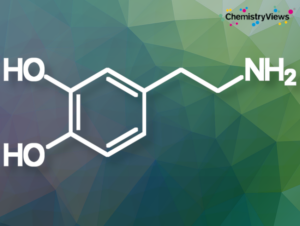 4-(2-Aminoethyl)benzol-1,2-diol
4-(2-Aminoethyl)benzol-1,2-diol
The neurotransmitter plays a role in how we feel pleasure and happiness. It helps us focus, concentrate, and find things interesting. We repeat behaviors that lead to the release of dopamine as they feel good to us. Dopamine levels increase during romantic experiences.
Too much or too little dopamine can lead to a variety of health problems, some are serious, such as Parkinson’s disease.
Oxytocin
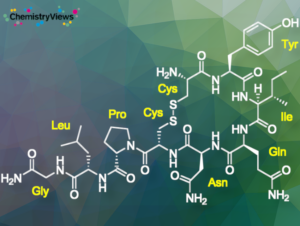 1-({(4R,7S,10S,13S,16S,19R)-19-amino-7-(2-amino-2-oxoethyl)-10-(3-amino-3-oxopropyl)-16-(4-hydroxybenzyl)-13-[(1S)-1-methylpropyl]-6,9,12,15,18-pentaoxo-1,2-dithia-5,8,11,14,17-pentaazacycloicosan-4-yl}carbonyl)-L-prolyl-L-leucylglycinamide
1-({(4R,7S,10S,13S,16S,19R)-19-amino-7-(2-amino-2-oxoethyl)-10-(3-amino-3-oxopropyl)-16-(4-hydroxybenzyl)-13-[(1S)-1-methylpropyl]-6,9,12,15,18-pentaoxo-1,2-dithia-5,8,11,14,17-pentaazacycloicosan-4-yl}carbonyl)-L-prolyl-L-leucylglycinamide
The peptide hormone and neuropeptide is often called the “love or cuddle hormone”. It is released during intimate physical contact, such as breastfeeding, and encourages trust, bonding, as well as attachment in romantic relationships.
Serotonin
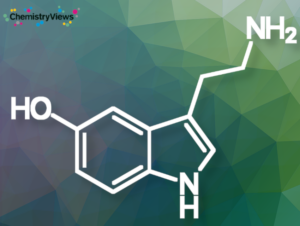 5-Hydroxytryptamine
5-Hydroxytryptamine
The tissue hormone and neurotransmitter regulates mood, sleep, digestion, wound healing, bone health, blood clotting, and influences also emotions as it gives us a sense of serenity, inner peace, and contentment. It can increase well-being in romantic relationships. Lovers have high dopamine levels and low serotonin levels.
Low serotonin levels are associated with depression and anxiety. Antidepressants work by increasing serotonin levels. Exercise and light can also have a positive effect on serotonin levels.
Also involved are molecules such as norepinephrine also known as noradrenalin (attraction), vasopressin (attachment), testosterone and estrogen (sexual desire and drive), and opioids such as endorphins (make us feel the pleasure/excitement of the relationship).
Source
- Katherine Wu, Love, Actually: The science behind lust, attraction, and companionship, Harvard University Blog February 14, 2017. (accessed February 13, 2024)
Also of Interest
 |
Spread Joy on Valentine’s Day, Ricardo Nowack, ChemistryViews 2016. On Valentine’s Day everybody can spread joy – even in the lab |
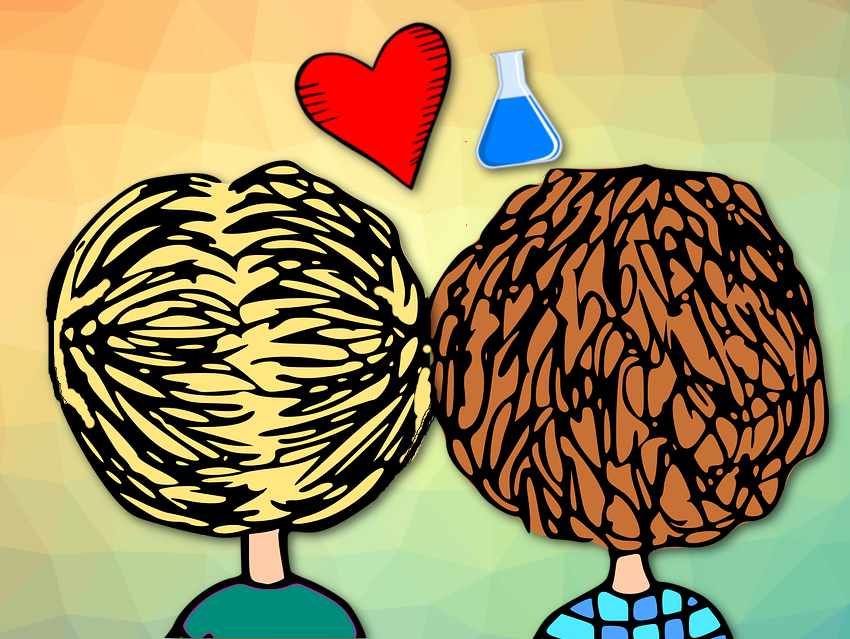 |
Love Stories Among Chemists, Vera Koester, Annette Lykknes, Brigitte Van Tiggelen, ChemistryViews 2021. Quiz about famous chemist couples |
